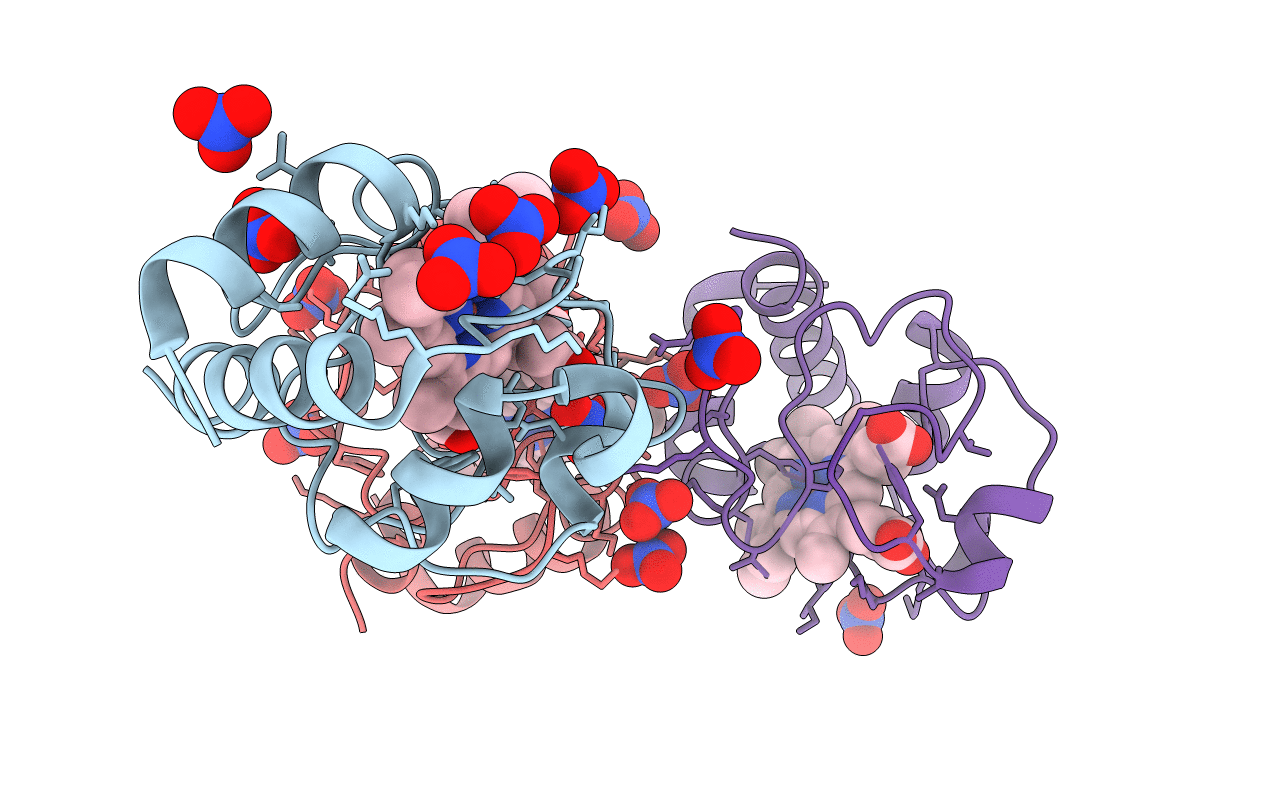
Deposition Date
2010-07-22
Release Date
2012-01-25
Last Version Date
2024-10-30
Entry Detail
PDB ID:
3O20
Keywords:
Title:
Electron transfer complexes:experimental mapping of the Redox-dependent Cytochrome C electrostatic surface
Biological Source:
Source Organism:
Equus caballus (Taxon ID: 9796)
Method Details:
Experimental Method:
Resolution:
1.90 Å
R-Value Free:
0.27
R-Value Work:
0.19
R-Value Observed:
0.19
Space Group:
C 1 2 1


